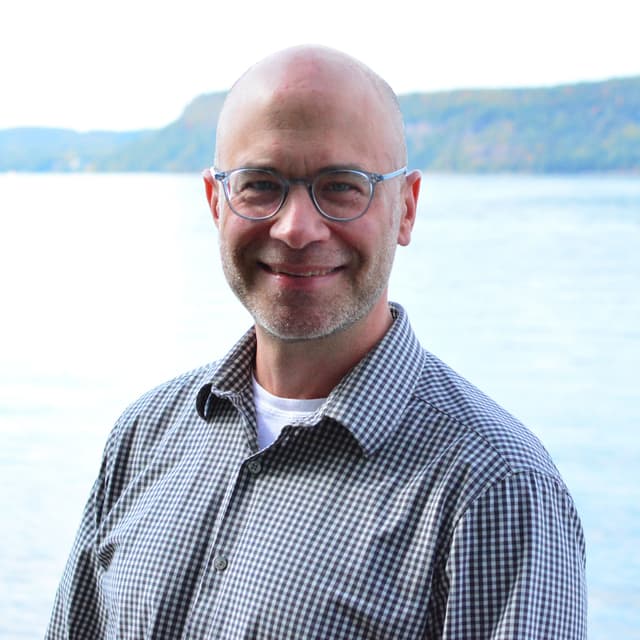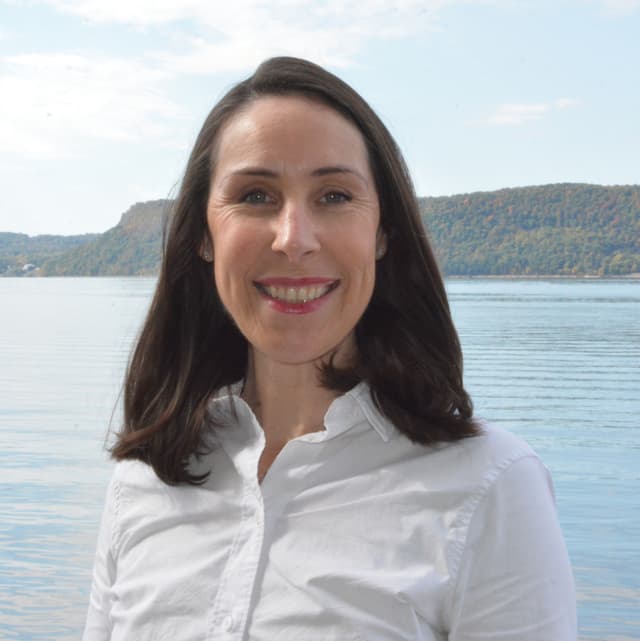
Swimming and public access
Working to make it safe and free for everyone to swim in the Hudson
The challenge
Access to swimming is about justice

4
There are only 4 public swimming areas along the Hudson River estuary’s 150-mile stretch
<1%
of New York City’s 520-mile coastline is accessible for public swimming

Dan Shapley
Senior Director of Advocacy, Policy and Planning
What we're doing

Riverkeeper’s Splash Mob
Making ripples in Albany and Washington, DC

Shannon Roback, PhD
Science Director







